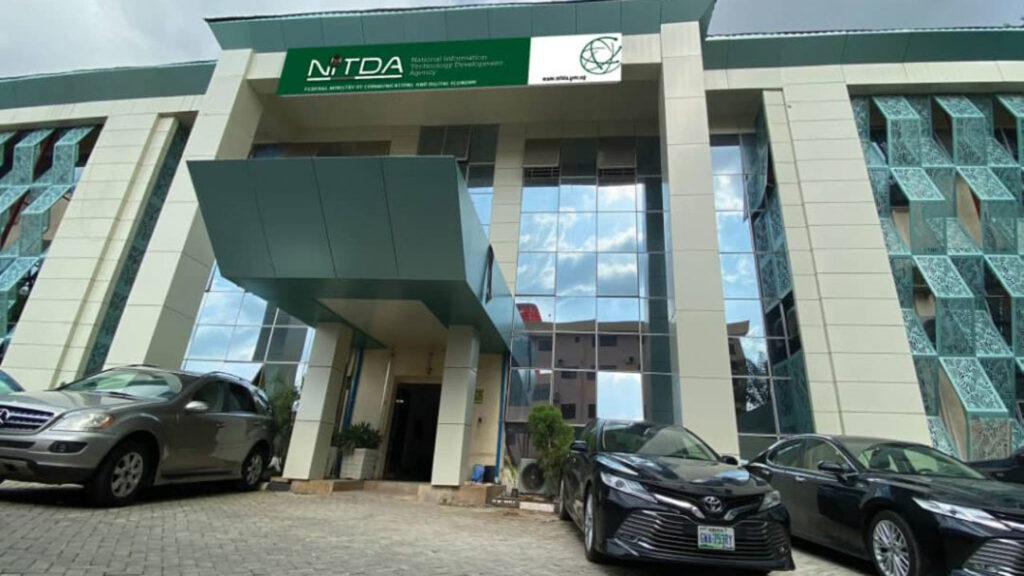
The difficulties posed by money laundering and terrorism financing have grown in complexity and scope in an era where the global financial system is becoming more connected and digital.
Given this, the Global System for Mobile Telecommunications Association (GSMA) has called for a radical transformation in countries’ approaches to combating these threats. It noted that traditional methods, reliant on manual scrutiny and rule-based systems, are becoming obsolete in the face of sophisticated criminal strategies, particularly in the realm of digital financial service (DFS).
GSMA, the body, that represents the interest of mobile operators and vendors globally, said Artificial Intelligence (AI) emerges not just as a technological option but a critical necessity for effective and advanced anti-money laundering (AML), counter-terrorism financing (CFT) and the know your customer (KYC) processes in mobile money. It said this requires collaborative efforts from all stakeholders to embrace AI’s potential responsibly, balancing innovation with ethical practices, regulatory compliance, and financial inclusion.
The telecoms body in its ‘The value of artificial intelligence deployment for anti-money laundering and counter-terrorism financing’ report, found widespread recognition of AI’s benefits and the need for concerted action to overcome the challenges associated with its adoption in the fight against money laundering and terrorism financing.
In the 30-page document made available to The Guardian, AI is described as the theory and development of computer systems able to perform tasks that normally require human intelligence. Examples include tasks such as visual perception, speech recognition, decision-making under uncertainty, learning, and translation between languages.
While the IMF puts the aggregate size of worldwide money laundering at $3.2 trillion or three per cent of the global GDP, a Forbes article explained that AI came about from rapidly increasing volumes of data, which led to intensified research into ways it can be processed, analysed, and acted upon.
According to GSMA, AI has the potential to handle several essential compliance tasks while addressing the key issues in current AML and CFT systems.
Some examples highlighted in this study include automated transaction monitoring, reduction of false positives and negatives, behavioural analysis for risk assessment and customer due diligence, and natural language processing for regulatory compliance.
The report noted that transaction monitoring is the practice of discovering and reporting unusual transactions that could suggest money laundering, terrorism financing or other illegal activity. While traditional detection methods may struggle to keep pace with sophisticated criminal techniques, it is said that AI can analyse vast financial data to identify potential money laundering and terrorism financing activities through machine learning (ML) methods.
GSMA said these technologies can analyse large volumes of financial data in real-time, flagging suspicious transactions and patterns that may indicate money laundering and terrorism financing.
“By automating the monitoring and diagnosing of money laundering and terrorism financing schemes, these systems can report suspicious activities, allowing financial institutions to take timely action to prevent money laundering and terrorism financing from occurring,” it stated.
In terms of KYC, GSMA described it as the process of validating a customer’s identification and background, as well as determining their risk profile and sources of cash. The report said biometrics, such as facial recognition, fingerprint scanning, or voice authentication, can be used by regulatory technology (RegTech) platforms to improve the accuracy and security of KYC processes.
GSMA noted that it is possible for us to also employ ML and NLP to extract important information and insights about clients from unstructured data, such as social media posts, news articles, or public records.
Speaking on the reduction of false positives and negatives, the telecoms advocacy body, said a false positive is a result, which wrongly indicates that a particular condition or attribute is present – for example, a result indicating that a mobile money transaction is suspicious when it is not. A false negative on the other hand is a result that wrongly indicates that a particular condition or attribute is absent – for example, a result indicating that a mobile money transaction is not a suspicious activity when it is.
It noted that standard rule-based systems are configured to detect specific actions and then fire off an alert. These rules sometimes pick out legitimate transactions. This would be a challenge as the volume of transactions increases and AML analysts find themselves spending a lot of time investigating false positives.
GSMA said reducing false positives and negatives is a crucial aspect of AML and CFT efforts, and the use of AI can significantly contribute to achieving this goal.
According to the body, AI technologies are in use for AML and CFT compliance, stressing that overall, AI technologies are an integral part of the compliance strategies for institutions in combating money laundering and terrorism financing, with varying degrees of adoption for different technologies.
Despite the potential, GSMA listed the following as barriers to wider adoption of AI in AML/CFT compliance. They include resistance from employees, lack of budget and resources, regulatory hurdles, implementation challenges and lack of understanding of AI.
It explained that financial constraints and implementation difficulties are the most significant barriers to the adoption of AI for compliance purposes in the financial industry.
Largely, GSMA said there is a need for collaboration between regulators, technology providers, and digital financial institutions to develop cohesive approaches to AI regulation in AML and CFT.













